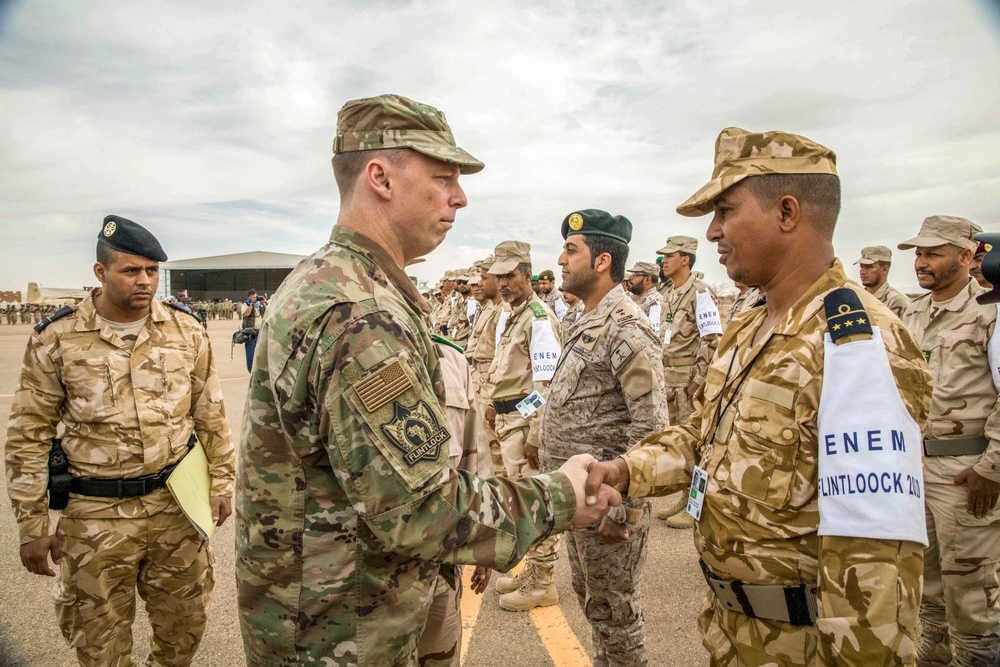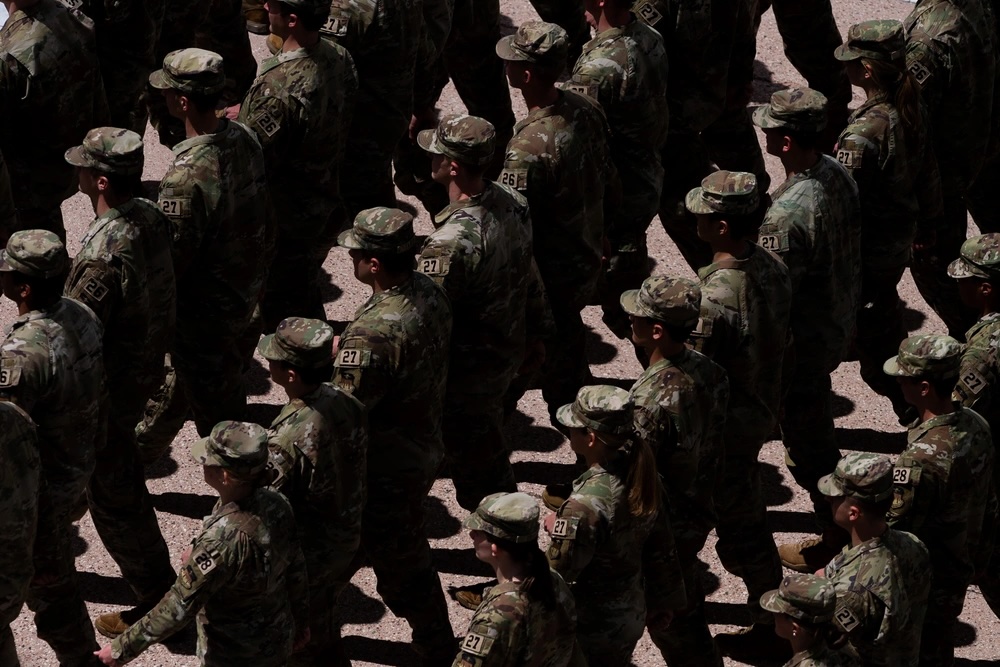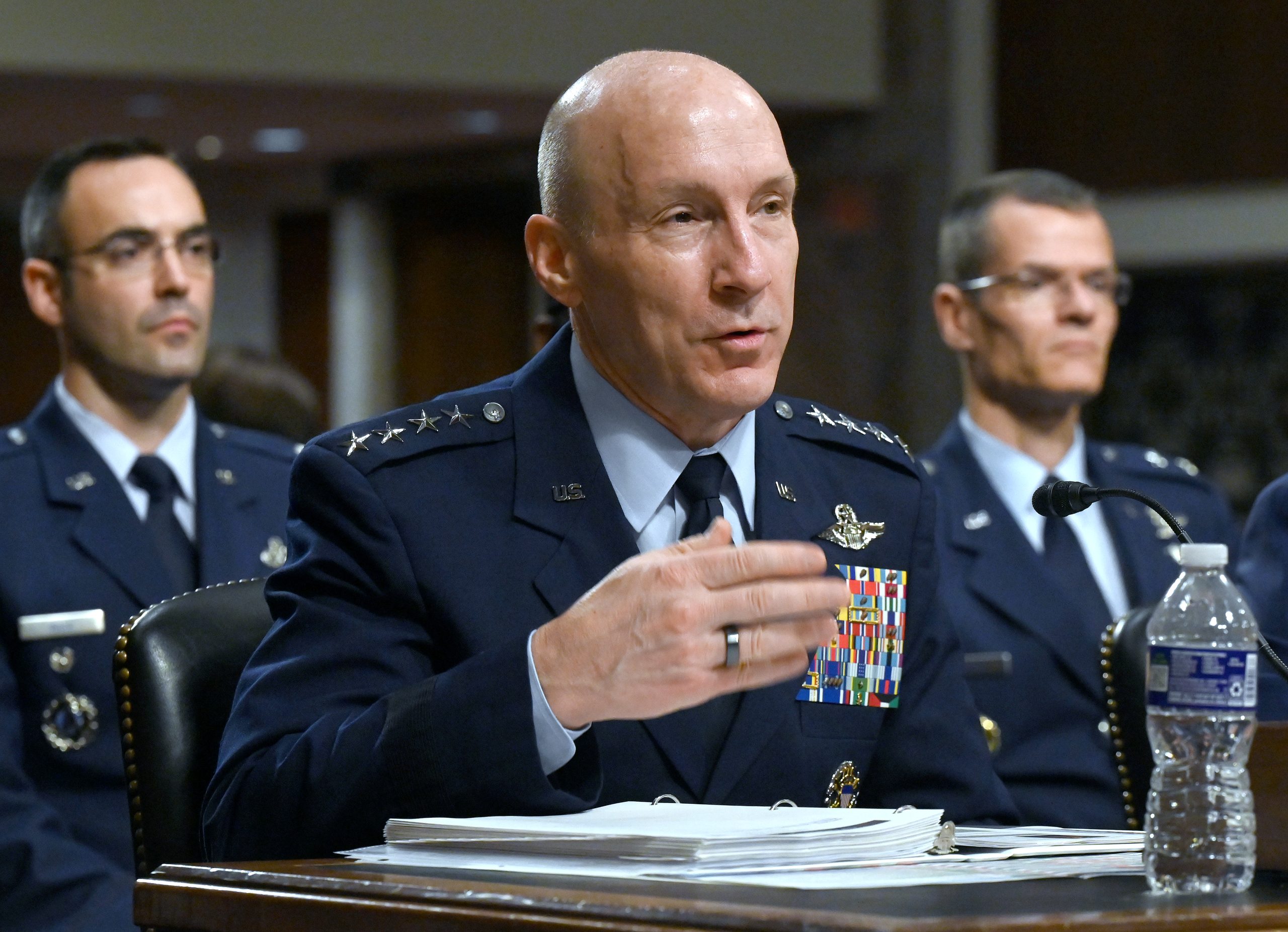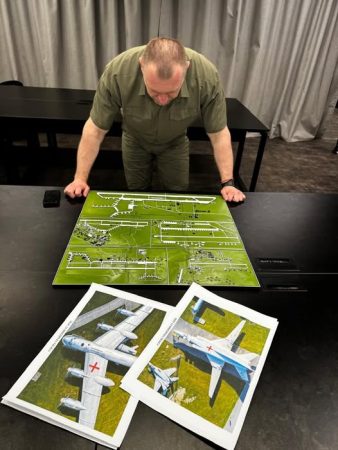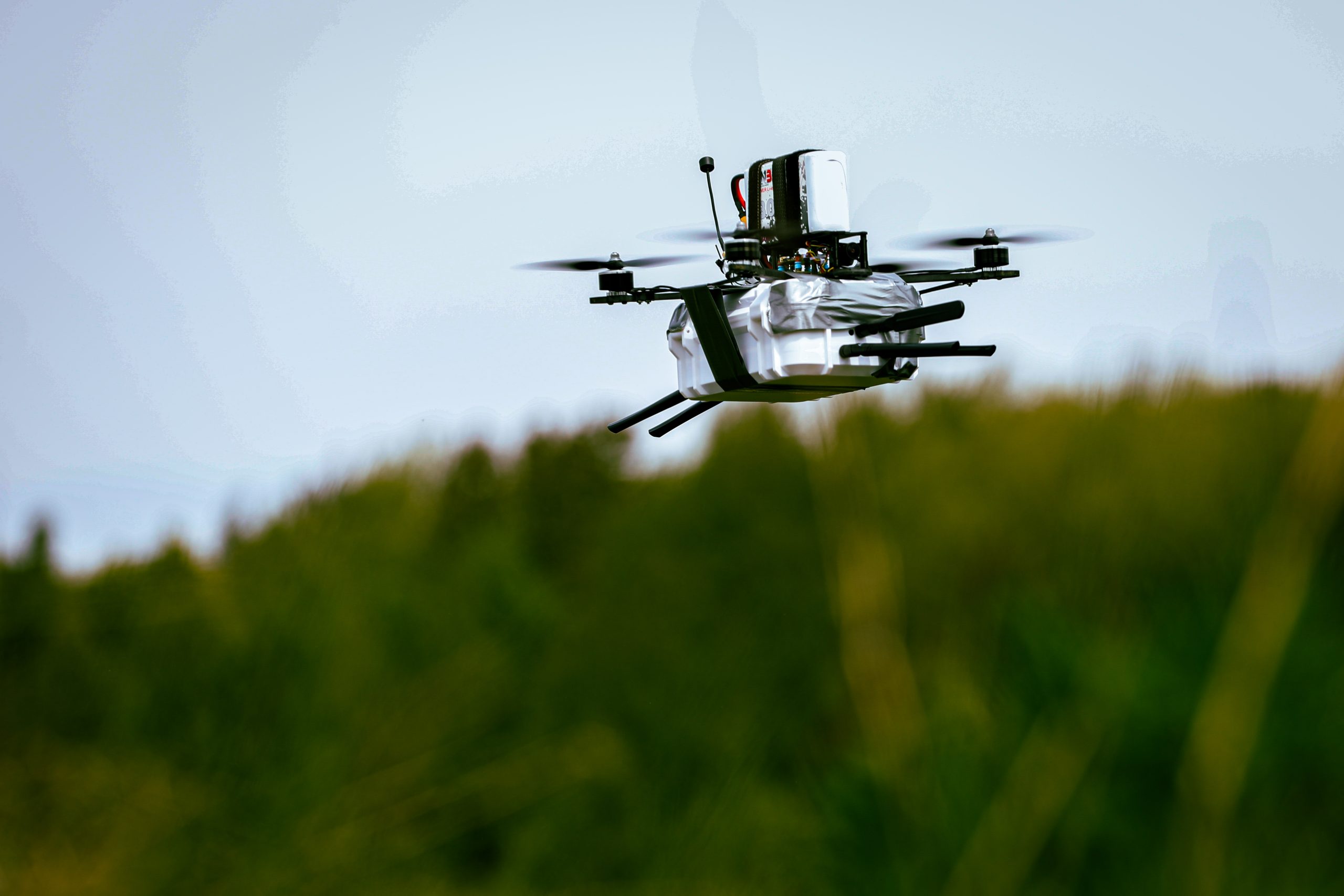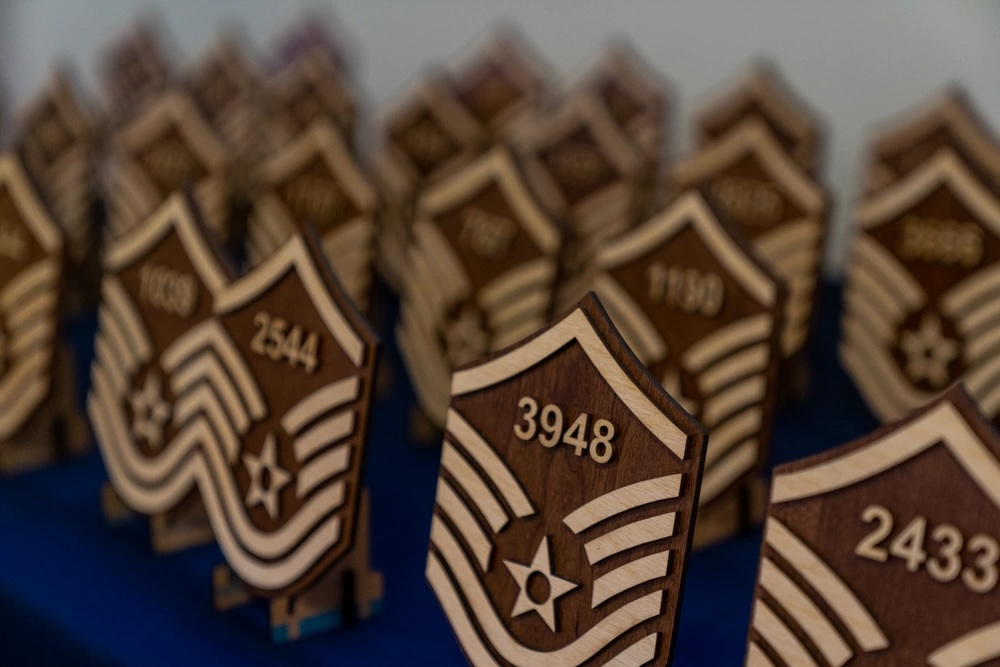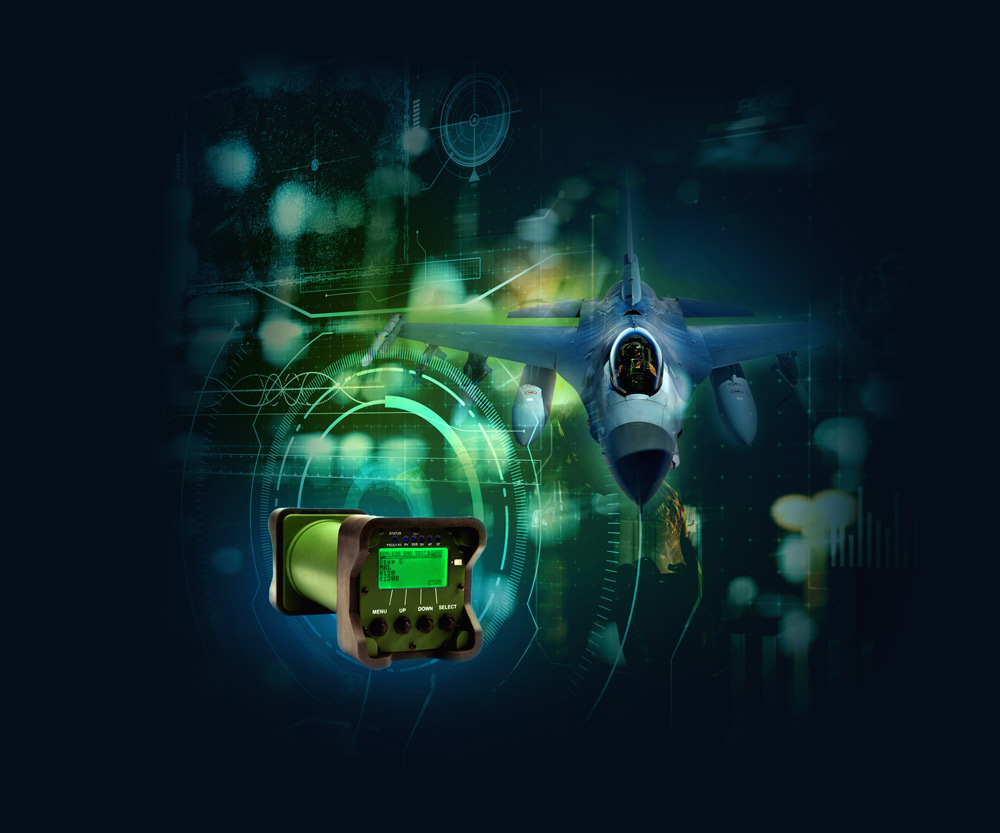U.S. Africa Command could soon have its first Air Force general in charge, as Defense Secretary Pete Hegseth announced the nomination of Lt. Gen. Dagvin R.M. Anderson to lead the combatant command and pin on a fourth star.
President Donald Trump also nominated Navy Vice Adm. Charles B. Cooper II for promotion to lead U.S. Central Command as a four-star admiral, replacing Army Gen. Michael E. Kurilla, the Pentagon said in a June 4 news release. The command oversees U.S. military operations in the Middle East and southwest Asia, including the Navy-led campaign against Iran-backed Houthi rebels in Yemen.
Army and Marine Corps generals have led AFRICOM since its creation in 2007. Three Sailors and one Airman, Lt. Gen. James C. Vechery, have served as deputy commanders at the organization’s headquarters in Stuttgart, Germany. AFRICOM is currently led by Marine Gen. Michael E. Langley, who took over the post in August 2022.
Anderson is no stranger to the continent or to joint commands, having led U.S. Special Operations Command’s Africa branch from 2019 to 2021.
During Anderson’s tenure at SOC-Africa in January 2020, three Americans died and three others were wounded by al-Shabab fighters in an attack on Kenya’s Manda Bay base. A Pentagon investigation into the ambush concluded that multiple security lapses and failure to focus on threats on the ground allowed the militants to mount an attack that killed a U.S. Soldier and two contractors.
That October saw Air Force CV-22 Ospreys carry Navy SEALs into northern Nigeria to rescue an American hostage from local gunmen; a month later, SOC-Africa led the withdrawal of U.S. troops from Somalia amid the COVID-19 pandemic.
“On essentially no notice, SOC-Africa planned and coordinated an operation that ultimately involved over 13,000 troops, an amphibious ready group, a carrier strike group, and a major airlift,” then-AFRICOM boss Gen. Stephen J. Townsend said about the withdrawal in July 2021, when Anderson handed command of SOC-Africa to Rear Adm. Milton J. Sands III.
“Anderson’s leadership of Operation Octave Quartz ensured the successful and safe repositioning of over 700 service members [and] 900 pallets of cargo from Somalia in less than 60 days,” Townsend said.
Anderson currently serves at the Pentagon as director for joint force development under the Joint Chiefs of Staff. A native of Ypsilanti, Mich., Anderson has flown KC-135 tankers, MC-130E special operations transports, and U-28A reconnaissance planes, according to his command biography. The general spoke highly of partnerships with African nations during his SOF-Africa tour.
“They are some of the best partners I’ve ever worked with,” he said at the 2021 change-of-command ceremony. “They’re not looking for a handout, they’re looking for a helping hand. And what more can you ask for? That’s why I’m passionate about Africa.”
If confirmed by the Senate, Anderson would oversee U.S. military operations as American troops have stepped up airstrikes in an effort to limit militant groups’ territorial gains, Niger’s ouster of U.S. forces has limited their ability to fly surveillance missions, and China and Russia are vying for greater influence across the continent.
The Senate Armed Services Committee has not yet scheduled a hearing to consider Anderson and Cooper’s nominations.
